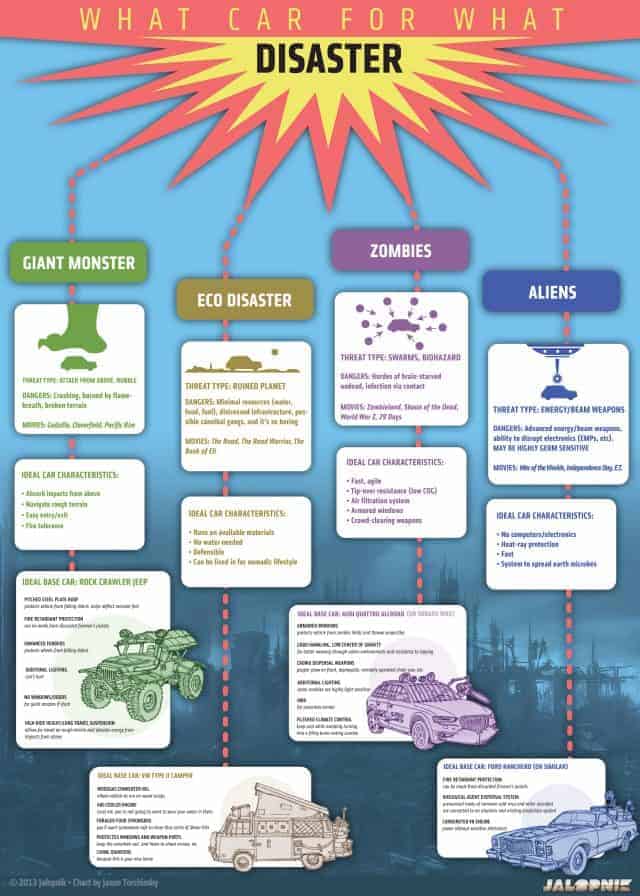The Future Of Home Home Heating - How Heat Pump Technology Is Developing
The Future Of Home Home Heating - How Heat Pump Technology Is Developing
Blog Article
Material By-Merritt Oliver
Heat pumps will certainly be an important technology for decarbonising heating. In a situation consistent with federal governments' announced energy and climate dedications, their international capacity increases by 2030, while their share in home heating rises to one-quarter.
They function best in well-insulated homes and rely upon electrical energy, which can be provided from a sustainable power grid. Technological developments are making them a lot more efficient, smarter and more affordable.
Fuel Cells
Heatpump make use of a compressor, refrigerant, coils and followers to move the air and warm in homes and appliances. They can be powered by solar power or electrical energy from the grid. They have actually been obtaining appeal due to their affordable, quiet procedure and the ability to produce electrical energy throughout peak power need.
Some business, like IdaTech and BG MicroGen, are working on fuel cells for home heating. These microgenerators can change a gas central heating boiler and create several of a residence's electric needs with a connection to the electrical power grid for the remainder.
However there are factors to be cynical of using hydrogen for home heating, Rosenow says. It would certainly be pricey and inefficient compared to various other modern technologies, and it would add to carbon discharges.
Smart and Connected Technologies
Smart home technology permits house owners to connect and regulate their gadgets remotely with the use of smart device apps. For instance, clever thermostats can learn your heating choices and automatically adapt to enhance power intake. Smart lights systems can be controlled with voice commands and immediately switch off lights when you leave the area, decreasing energy waste. And wise plugs can check and handle your electrical usage, allowing you to recognize and limit energy-hungry devices.
The tech-savvy house portrayed in Carina's interview is a good illustration of how residents reconfigure area heating techniques in the light of new smart home technologies. They depend on the gadgets' automatic features to execute day-to-day modifications and concern them as a convenient methods of conducting their home heating methods. Because of this, they see no reason to adjust their practices additionally in order to allow flexibility in their home energy demand, and treatments focusing on doing so might face resistance from these homes.
Electricity
Since warming homes make up 13% of US discharges, a button to cleaner alternatives might make a big difference. However the innovation faces challenges: It's costly and needs extensive home renovations. And it's not constantly compatible with renewable resource sources, such as solar and wind.
Up until recently, electrical heat pumps were as well expensive to take on gas designs in many markets. However new advancements in style and products are making them a lot more budget friendly. And much better cold climate performance is enabling them to work well also in subzero temperatures.
The following step in decarbonising heating might be the use of warm networks, which attract heat from a main source, such as a nearby river or sea inlet, and distribute it to a network of homes or structures. That would certainly decrease carbon discharges and allow households to make use of renewable resource, such as environment-friendly electrical power from a grid supplied by renewables. This alternative would be less costly than switching to hydrogen, a nonrenewable fuel source that calls for brand-new framework and would just decrease carbon dioxide emissions by 5 percent if coupled with boosted home insulation.
see here now
As electrical power rates go down, we're beginning to see the exact same fad in home heating that has actually driven electric cars right into the mainstream-- but at an even much faster pace. https://cost-replace-furnace-and57776.blog4youth.com/29879312/disproving-typical-myths-and-mistaken-beliefs-concerning-heat-pumps for impressive homes has been pushed even more by brand-new study.
https://cost-of-multi-family-wate66666.blogdosaga.com/29234035/the-ultimate-overview-to-recognizing-heat-pumps-how-do-they-work represent a significant share of modern warmth consumption, however have been provided restricted plan attention around the world contrasted to other end-use fields-- and also less attention than electrical energy has. In part, this reflects a mix of customer inertia, divided incentives and, in lots of nations, aids for nonrenewable fuel sources.
New modern technologies could make the shift easier. For example, heat pumps can be made a lot more energy reliable by replacing old R-22 refrigerants with new ones that don't have the high GWPs of their precursors. Some experts also picture district systems that attract warmth from a neighboring river or sea inlet, like a Norwegian arm. https://cost-of-small-central-air00099.actoblog.com/29907788/debunking-the-price-of-putting-up-and-maintaining-a-heat-pump can after that be used for heating & cooling in an area.